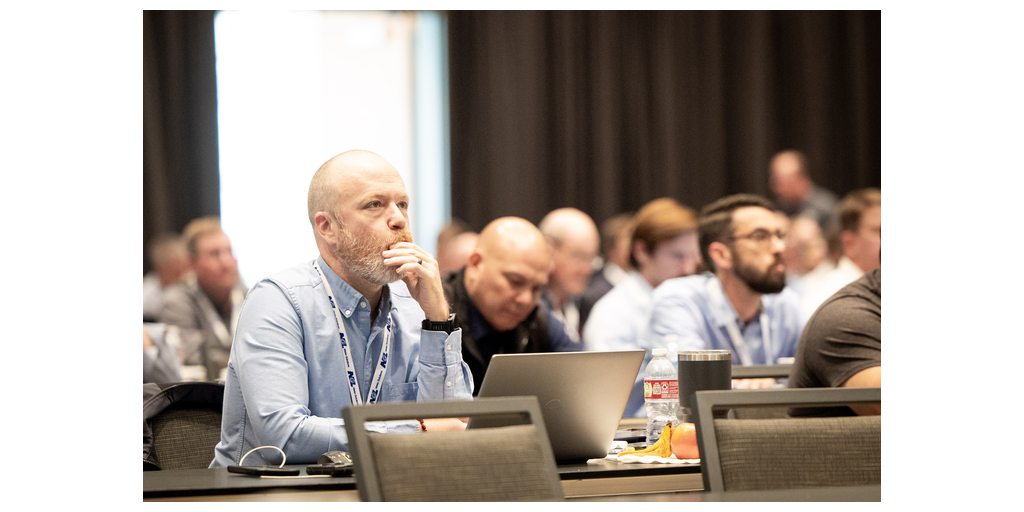Sign up for daily news updates from CleanTechnica on email. Or follow us on Google News!
CATL is the largest lithium-ion battery manufacturer in the world. It currently supplies 37 percent of all the batteries used in electric vehicles, but it is not resting on its laurels. Its founder, Robin Zeng, intends to reinvent the company as a green energy provider. He also plans to slash the cost of developing electric vehicles in a way that could upend the very industry that has powered its growth. Zeng told Reuters in an interview that he expects the business of developing and managing “zero carbon” electric grids could create a business that is “ten times” larger than supplying batteries for EVs. He said CATL aims to build independent energy systems big enough to power a massive data center or even a city (some data centers use more electricity than an entire city).
In another strategic move, Zeng said CATL plans to offer an off-the-shelf electric car platform with an integrated long-range battery. The platform would contain everything needed to make a running vehicle. Customers would only need to design and build the interior and exterior. His goal is to sharply reduce electric car development costs by a factor of ten so it would only cost a few million dollars to bring new brands and models to market rather than a few billion. That would open the auto industry to new competitors, which should spur innovation and reduce costs to consumers.
CATL Is Ready To Invest In The US
In an exclusive interview with Reuters in China on November 7, 2024, Zeng also discussed his company’s readiness to invest in the United States, the path to profit for its European factories, and why the industry’s fixation on so-called solid state batteries is misplaced.
Trump wants to prevent Chinese auto imports but has said he remains open to Chinese automakers building vehicles in the United States. Such comments have kept Zeng interested in a US expansion for CATL. “I do hope that in the future they are open to investments,” he said.
The CATL energy storage business grew 33 percent last year, a significantly faster growth rate than its EV battery business. But Zeng sees a much bigger opportunity for CATL by supplying renewable energy grid systems that incorporate battery storage and vehicle-to-grid systems that integrate the batteries in electric cars into the local grid. He said the company intends to go well beyond energy storage and get into power generation as well. CATL would partner with providers of solar panels and wind turbines, Zeng said.
“A lot of the data center companies are asking me, ‘Hey, Robin, can you really do it 100% green?’” he said, “They have money, but they don’t have the technology.” He describes some of them as “giant companies.” Make of that what you will. CATL is planning a pilot project in the Democratic Republic of the Congo with CMOC Group, a Chinese mining company that CATL has invested in. The company is also working with Hainan, an island province off China’s southern coast, on a long-term project that would combine energy storage with solar and offshore wind turbines.
Panshi EV Platform
CATL has developed an EV platform with a battery capable of driving more than 800 km (497 miles) on a single charge. The battery is integrated into the chassis in a way that protects it from damage in accidents, Zeng said. That project is codenamed “panshi,” which translates as “bedrock” in Chinese. Some readers with a madcap sense of humor may find that mildly interesting, given that the Flintstones featured people-powered transportation platforms for the residents of Bedrock.
The “panshi” project has not been formally announced, but CATL has started marketing the platform to customers. Reuters reporters saw a demonstration version of the EV platform at CATL’s headquarters on display for customers and staff. Zeng said this would make it possible for a niche EV firm to make a profit by selling just 10,000 cars a year. CATL has shown the “panshi” technology to Porsche for a potential luxury EV and to investors in the United Arab Emirates eager to start a local EV brand. “We are not trying to go into making a car. Never,” Zeng said. “But we try to make everything ready for carmakers.” He added his company could even supply a 3D-printed body for the car.
In Europe, CATL has been working on a plan to build a jointly owned battery factory in Spain with Stellantis, a deal that could be finalized in January. It has been operating a factory in German for the past six years and is building a new plant in Hungary. Zeng said those plants would be profitable in 2025 and 2026, respectively. The larger Hungarian plant, which will start production next year, will produce 100 gigawatt-hours of batteries on a sharply lower cost base than the plant in Germany, Zeng said. Those factories are part of a plan to make batteries in Europe for BMW, Stellantis, and Volkswagen.
Zeng told Reuters that CATL’s European business is important in part because the region has prioritized the clean energy transition, but he called the EU decision to impose tariffs of up to 45.3 percent on Chinese EV imports “stupid thinking.” European automakers would be better off partnering with Chinese automakers — as Stellantis has done with China’s Leapmotor — to bring lower cost EVs and long range hybrids to market. “In this battle, actually, China is more advanced,” Zeng said. “Why not learn from us?” Reuters reports the EU Commission declined to comment on his remarks.
The company has faced criticism in China from competitors who say its size gives it too much power over pricing of battery minerals and the ability to muscle out competitors, but Zeng said CATL is not trying to drive rival miners out of business by pushing down lithium prices and recognized the need for a profitable supply chain. “As the big player in batteries, we want to maintain, or try our best to maintain, oxygen for everyone.”
Zeng also downplayed the potential of solid-state batteries as the next game changing technology. CATL has more than 20,000 staff in research, including 1,000 dedicated to the solid-state batteries that have been touted for years as a lighter, more powerful alternative to the current generation of EV batteries. The Chinese government has also provided more than $830 million to fund research for solid-state batteries.
But Zeng sees sodium-ion batteries as a better bet, potentially replacing up to half of the market for the lithium-iron-phosphate batteries that CATL produces now. Unlike other battery materials, sodium is cheap and abundant, and the chemistry has the potential to reduce fire risks in EVs, experts have said. CATL offers a sodium-ion battery that is paired with lithium-ion batteries in its newly introduced Freevoy batteries that are optimized for use in extended-range electric vehicles.
The Takeaway
There are parallels between CATL and Tesla. Both are dominant in there market segments. CATL intends to branch out into renewable energy grids, EV platform development, and V2G technology. Tesla intends to stake its future on robotaxis and robots. Perhaps both plans will bear fruit and lead to greater profits, but in terms of providing benefits to humanity, the CATL concept seems to be the more pertinent and well thought out approach.
According to CNBC, Zeng is in regular contact with Elon Musk and has told him directly that his bet on the 4680 battery “is going to fail and never be successful. We had a very big debate, and I showed him. He was silent. He doesn’t know how to make a battery. It’s about electrochemistry. He’s good for the chips, the software, the hardware, the mechanical things.”
Zeng also said he asked Musk about setting unrealistic timelines for the rollout of new vehicles or technologies at Tesla. Musk told him he wanted to motivate and focus Tesla staffers and that anything beyond a two-year time frame might as well be “infinity.” But he believes Musk has a problem with over-promising. (Similar concerns have been heard in the halls of CleanTechnica headquarters from time to time.) “I talked to him,” Zeng said. “Maybe something needs five years, but he says two years. I definitely asked him why. He told me he wanted to push people.” Zeng did not refer to any particular unfulfilled promise by Musk but did say, “He probably himself thinks it needs five years, but if you believe him when he says two years, you will be in big trouble.” Take that for what it’s worth.

Chip in a few dollars a month to help support independent cleantech coverage that helps to accelerate the cleantech revolution!
Have a tip for CleanTechnica? Want to advertise? Want to suggest a guest for our CleanTech Talk podcast? Contact us here.
Sign up for our daily newsletter for 15 new cleantech stories a day. Or sign up for our weekly one if daily is too frequent.
CleanTechnica uses affiliate links. See our policy here.
CleanTechnica’s Comment Policy




